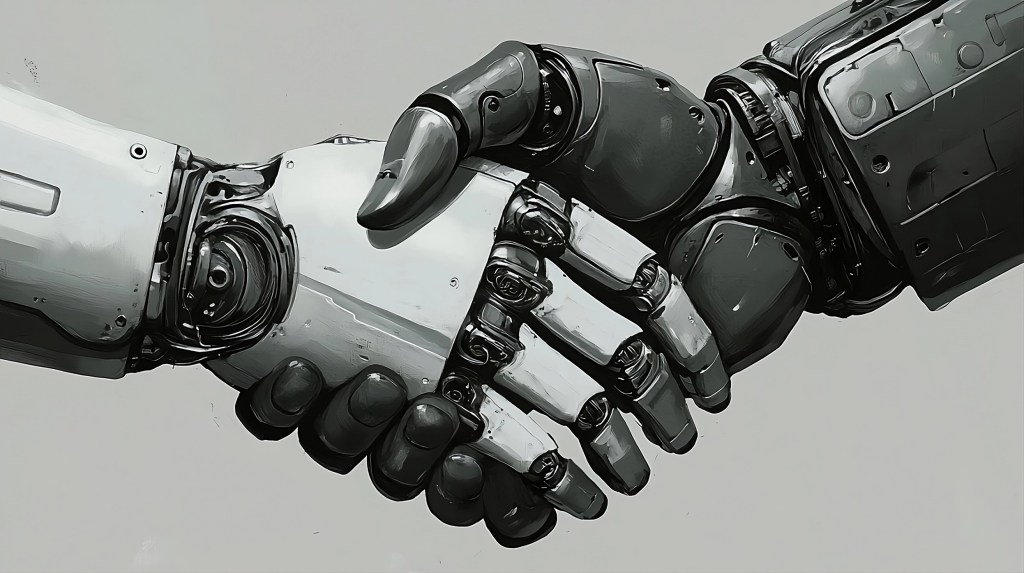Unlocking Agentic AI: Enhance AI Fluency, Optimize Workflows, and Prioritize Supervision for Success
Organizations today face the challenge of integrating AI technologies while ensuring human oversight remains a vital component in decision-making processes. The effective use of human-in-the-loop (HITL) mechanisms and collaborative frameworks with AI agents is essential for achieving optimal outcomes.
Understanding Human-in-the-Loop Mechanisms
Human-in-the-loop mechanisms involve incorporating human feedback into AI systems to improve their performance. This approach allows organizations to leverage the strengths of both humans and machines. Here are some key advantages of HITL:
- Enhanced Decision-Making: Human insights can guide AI systems, ensuring more accurate and context-aware decisions.
- Increased Trust: By involving humans in the process, organizations can build trust in AI outputs.
- Continuous Learning: HITL frameworks enable systems to learn from human interactions, leading to improved results over time.
Collaborative Frameworks with AI Agents
Collaborative frameworks refer to the structured interactions between human operators and AI agents. These frameworks can be designed to facilitate various tasks, enhancing efficiency and productivity. Consider the following aspects when implementing collaborative frameworks:
Key Components of Collaborative Frameworks
- Clear Roles: Define the roles of both humans and AI agents to minimize confusion and enhance collaboration.
- Communication Protocols: Establish effective communication channels between human operators and AI systems.
- Feedback Loops: Implement mechanisms for continuous feedback to refine AI performance.
Deciding How to Implement HITL Mechanisms
Organizations need to assess their specific needs before deciding on the best approach to implement human-in-the-loop mechanisms. Here are some considerations:
- Task Complexity: Identify if the tasks require human judgment or if they can be fully automated.
- Risk Assessment: Evaluate the potential risks associated with AI decisions and determine the level of human oversight required.
- Resource Availability: Consider the availability of human resources to support the HITL framework.
Conclusion
Integrating human-in-the-loop mechanisms and collaborative frameworks with AI agents can significantly enhance organizational decision-making processes. By understanding the benefits and key components of these systems, businesses can make informed choices that leverage both human expertise and AI capabilities. For more insights on AI integration, check out our AI Integration Guide or visit Forbes for expert perspectives.







